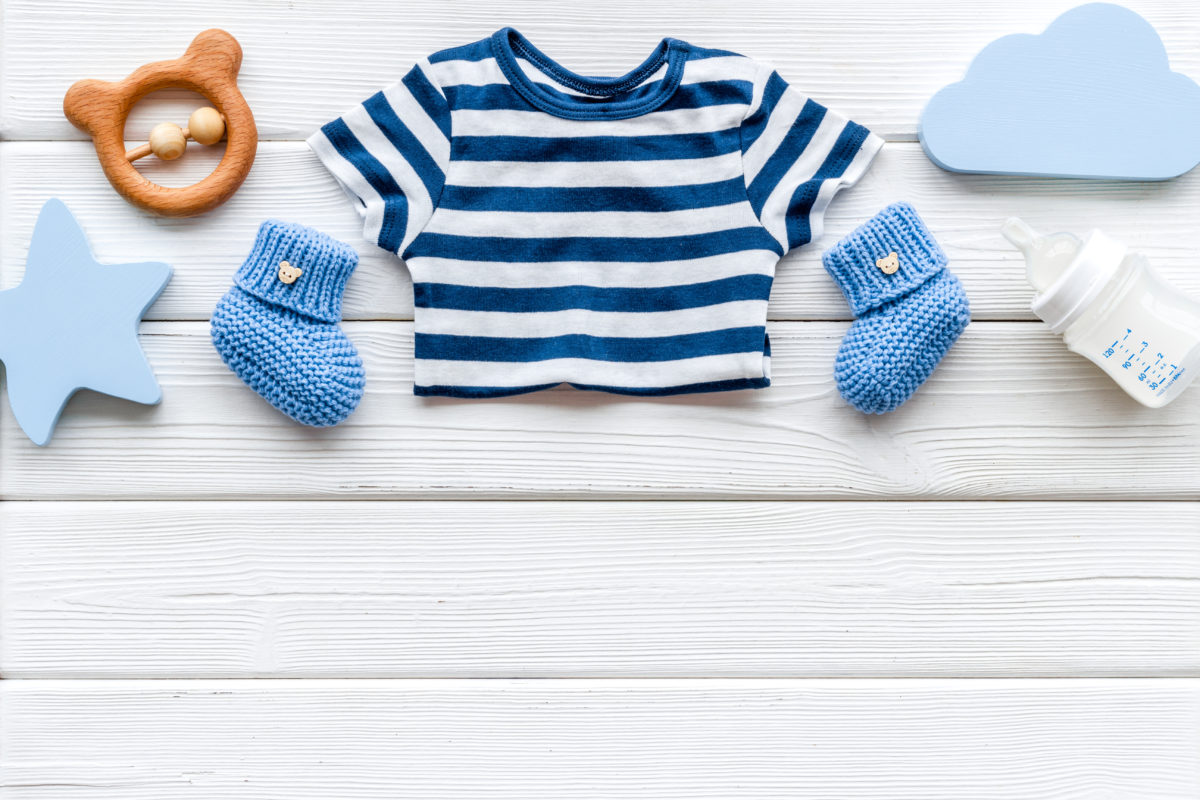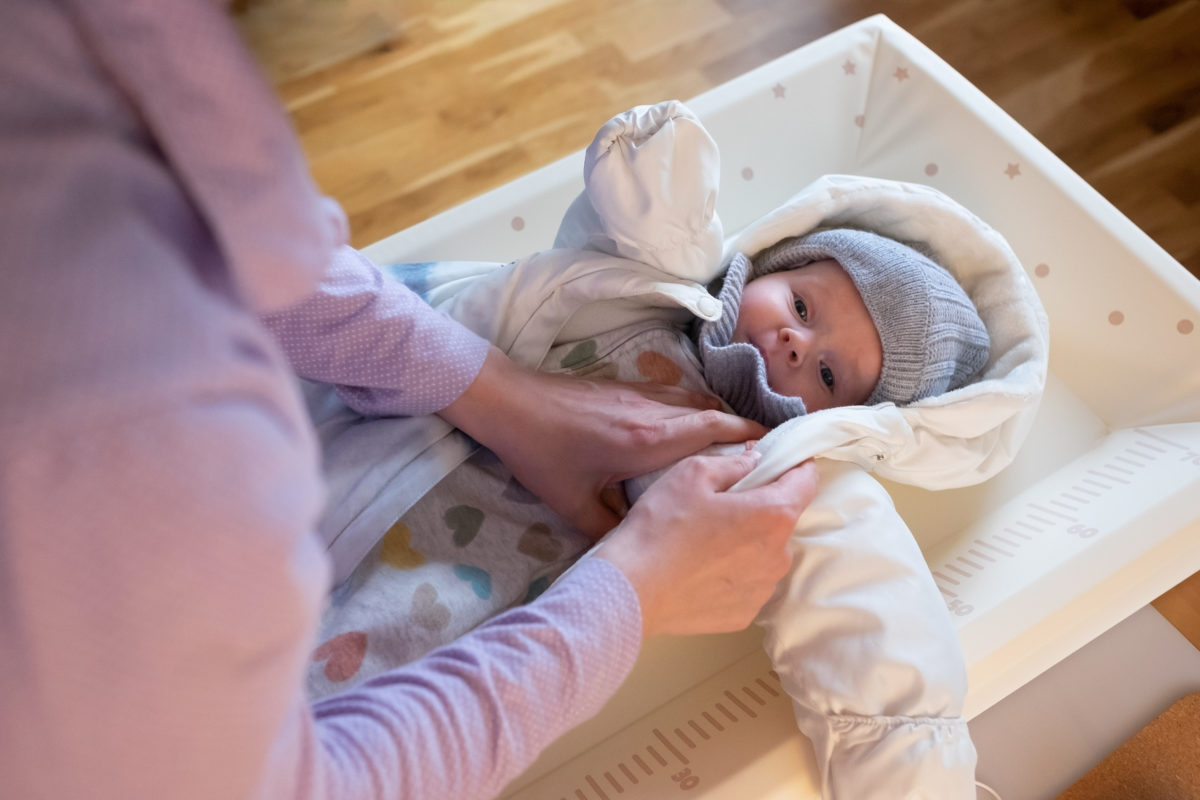Selecting proper clothing for a baby can seem challenging, especially for first-time parents. Dressing a baby in the right clothes is essential to protecting the child against sickness, insect bites, and skin irritations. Moreover, babies are susceptible to sickness caused by weather and temperature changes because their body has yet to develop strength and immunity. This is why parents or caregivers need to know which clothing will suit their child’s needs.
How To Dress Your Baby For The Weather
For these reasons, your baby’s clothing should not only look good but must also provide adequate comfort and protection. If you’d like to know how to dress your baby to suit the weather, here are some tips you can consider:

- Provide Enough Coverage And Protection For Cold Weather
Babies need warmth and protection from cold weather, which can be provided by the clothing that you’ll select for them. Therefore, you can consider dressing your baby with onesies for kids to ensure sufficient coverage.
Onesies covering the whole body and extending up to the arms and legs are ideal clothing to help protect your baby from cold temperatures. Some onesies also include hoodies and foot coverage, suitable for cold seasons. On the other hand, you can use separates such as long-sleeved tops and leggings for a snug and warm feeling.
You can add an extra layer of clothing for bedtime, such as an undershirt apart from the baby’s pajamas. Then, you can either swaddle your child with a receiving blanket or put them in a sleep sack for added warmth.
- Prioritize Comfort For Warm Weather
Babies, especially newborns, may become restless and irritable in hot and humid weather. Hence, it’s essential to select the best clothing that would provide them comfort and allow them to move quickly. For instance, you can dress them in short-sleeved and light-colored custom onesies made with soft, breathable fabric for optimal comfort. For separates, you can select any short-sleeved or sleeveless tops and pair them with pants made with textile suited for warm weather.
Meanwhile, you can add one more layer of light clothing to keep your child comfortable and sufficiently protected at night. For example, you can put on a sleeveless undershirt under your child’s sleeper onesie. If you have a premature newborn, you may need to add a blanket for extra warmth and coverage.
- Use Weather-Appropriate Accessories
Aside from clothing, you’ll also need accessories to match your child’s attire to the weather. Here are some examples of accessories you can consider adding to your child’s wardrobe:
- Hat
- Booties
- Mittens
- Jacket
- Swaddling or receiving blanket
- Shoes
These accessories will not only complete your baby’s attire but could also add more coverage and comfort to shield them from heat or direct sunlight, as well as extreme cold. If you have a newborn, you can also use these accessories for layering, as your baby will need more coverage.
- Look For Features That Make Dressing Up Easy
One of the most challenging factors in dressing up your baby is moving certain body parts that may seem too fragile to touch, such as the head, arms, and legs. Thus, you’ll need to select clothing items that would make it easier for you to dress your child, whether at home or outside.
When changing baby clothes, it’s essential to be quick and efficient, as prolonged exposure may cause sickness or discomfort for your child. Aside from this, easy-to-wear garments will make it more convenient for you to change diapers when and where needed.
Here are some examples of features that will make dressing up your baby easier:
- Front closures, such as in onesies and jackets
- Buttons on the lower part of the clothing for an easier diaper change
- Loose-fitting sleeves and bottoms to make it easier and safer to move arms and legs
- Free of choking hazards such as ribbons or strings
- Stretchy fabric for more convenient movement

Furthermore, you’ll also need to consider the texture, breathability, absorbency, and comfort of the fabric used for the clothing. An infant’s skin is more sensitive to friction, and it’s essential to find clothes that won’t irritate their skin or cause them discomfort. Also, your baby’s clothes should be able to absorb sweat easily to prevent skin irritation.
Conclusion
Choosing the best clothes for your baby may seem daunting, especially if it’s your first-time shopping for infant apparel. However, building your baby’s wardrobe doesn’t have to be too complex or challenging as long as you know the essential features that you need to look for.
The top priority should be your baby’s comfort, safety, and protection when it comes to clothing. Hence, you’ll need to look for items that give your child sufficient coverage to match the weather or temperature changes. Lastly, you’ll also need to consider the materials used in each item and whether they’ll be safe and comfortable for your baby.
Mamas Uncut is THE online place for moms. We cover the latest about motherhood, parenting, and entertainment as well – all with a mom-focused twist. So if you're looking for parenting advice from real parents, we have plenty of it, all for moms from moms, and also experts. Because, at the end of the day, our mission is focused solely on empowering moms and moms-to-be with the knowledge and answers they’re looking for in one safe space.
